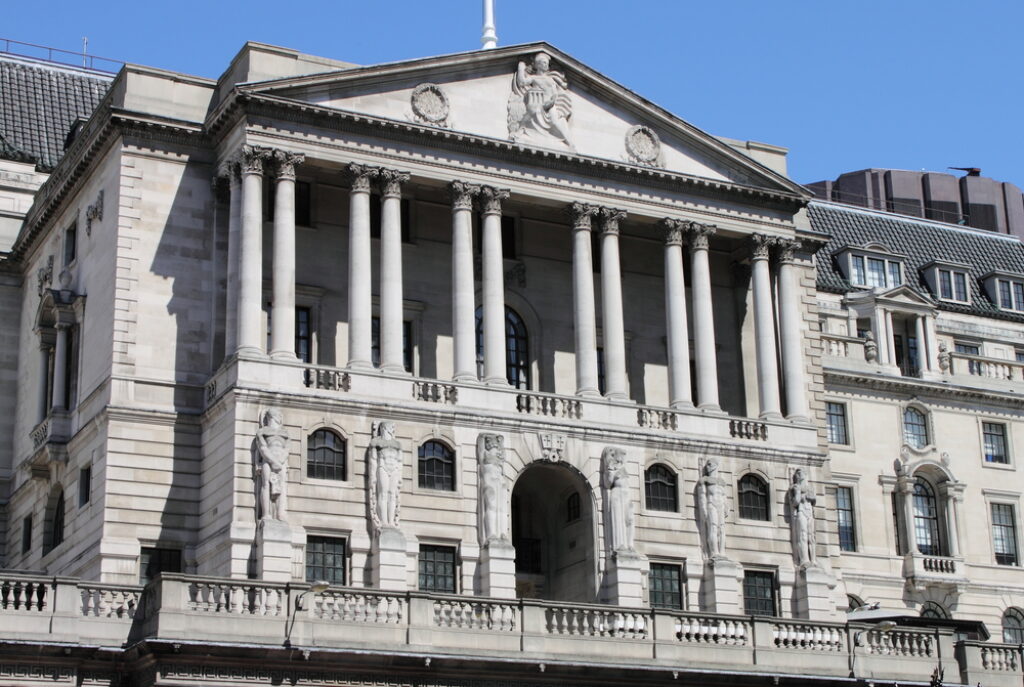Experts are still predicting a cut to the Bank of England base rate in the coming months, despite the recent uptick in inflation.
UK inflation rose to 4% in December 2023, up from 3.9% in November. This was the first increase since February 2023, and came above market forecasts of 3.8%.
The Bank of England raised interest rates last year in a bid to tackle the pace of price rises, which has put household finances under strain. Energy prices, in particular, have made it tricky for many households to make ends meet.
The latest inflation figures prompted concern that consumers would have to wait a bit longer than predicted for the first fall in the base rate.
However, experts are now saying that the small rise in inflation is unlikely to change the big picture.
Julian Jessop, economics fellow at the Institute of Economic Affairs, said: “Inflation is still likely to fall to the 2% in April and the markets will continue to price in large rate cuts later in the year. Inflation is still lower than the Bank of England’s forecasts, which predicted an average rate of 4.6% in 2023 Q4 and 4.4% in 2024 Q1.
“Higher inflation in December was partly driven by a few temporary factors, including changes in tobacco duties, air fares, and several components of ‘recreation and culture’. In the meantime, the labour market continues to cool and growth in both the money supply and credit are still weak.
“Inflation will probably also be around 4%in January, but the numbers should then drop rapidly again, especially in April when the Ofgem cap on domestic energy bills will be lowered sharply.”
Summer rate cuts likely
According to analysts at Oxford Economics, even before the recent falls in oil and gas prices, the Bank of England’s inflation forecasts had looked too high. The group is expecting the Bank of England to lower its projections significantly in February’s Monetary Policy Report, as it begins to prepare the ground for rate cuts.
Meanwhile Ruth Gregory, deputy chief UK economist at Capital Economics, said she expected inflation to fall below the bank’s 2% target in April, which would leave policymakers “in a position to cut interest rates by June”.
Sarah Coles, head of personal finance at Hargreaves Lansdown, agreed that the “trend is likely to be downwards” on interest rates, but warned that “there are likely to be more knocks on the way, with conflict in the Red Sea raising the risk of supply shortages, which could feed into higher prices”.
GDP to grow…slowly
Analysts at ING predict modest but positive quarterly GDP growth through 2024. The bank pointed out that policymakers at the Bank of England are heavily focused on services inflation and wage growth as a driver of policy.
It said that it is “these factors, as well as the scale of any fiscal stimulus at the March Budget, that we think will determine the start date of BoE rate cuts.”
ING’s base case is currently August for the first rate cut, “although we’d bring that forward if spring tax cuts are relatively modest and/or the inflation numbers undershoot our expectations over the next couple of months.”

